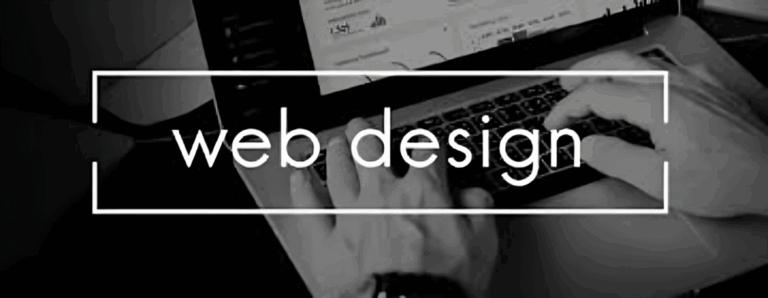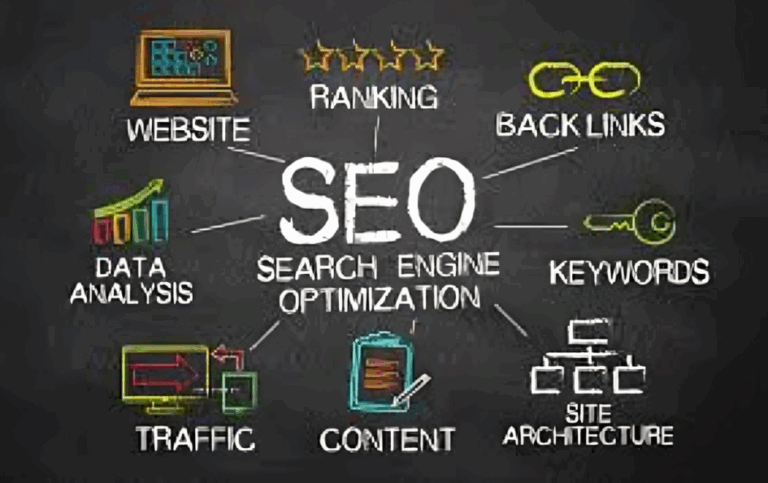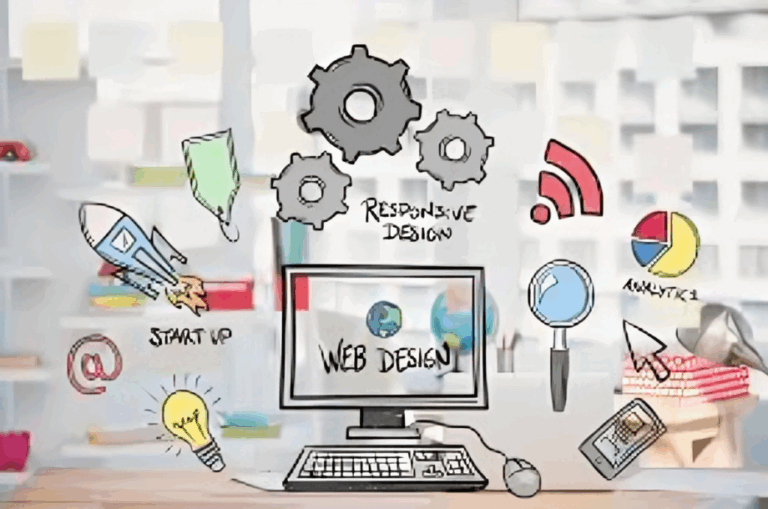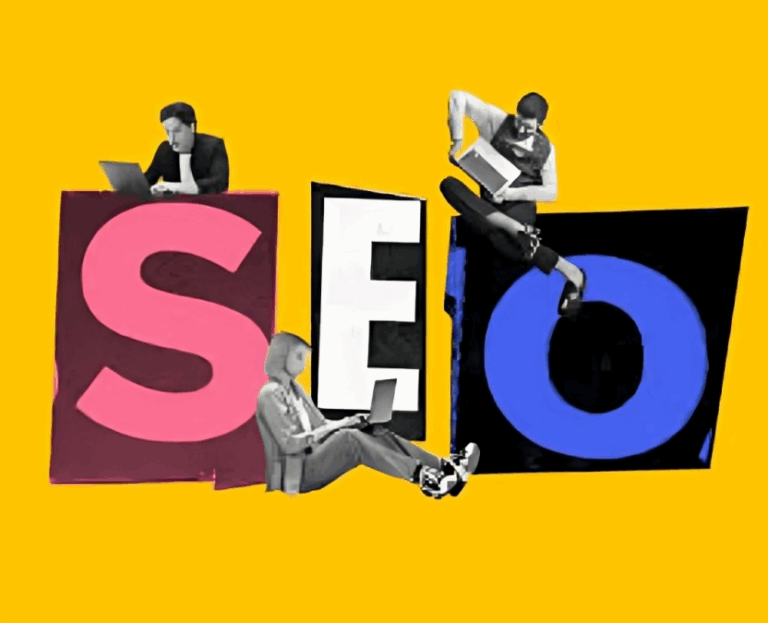It’s easy to view web design as just a creative or branding exercise. But in reality, web design has a direct and measurable impact on conversion rates—the percentage of visitors who take a desired action, like filling out a form, signing up for a newsletter, or making a purchase.
From layout and color choices to button placement and page speed, every element of design plays a role in guiding user behavior. Here’s how great design boosts conversions—and what we can do to make sure our site is working for us, not against us.
1. Clear Visual Hierarchy = Clear Decisions
When users land on a webpage, they scan quickly to find what they need. A strong visual hierarchy (headings, calls to action, spacing, color contrast) helps guide their eyes to the most important elements—like signup buttons or product features.
If everything is competing for attention, nothing wins. Good design makes the path to conversion obvious and friction-free.
2. Strategic CTAs Drive Action
A call-to-action (CTA) is only as effective as its design. Factors like button size, placement, color, and text clarity all influence whether users actually click.
Web design helps create high-converting CTAs by making them visually distinct, contextually relevant, and easy to find without being intrusive. Something as small as moving a CTA above the fold or changing the color for better contrast can lead to a measurable increase in clicks.
3. Speed and Simplicity Reduce Drop-offs
If a page takes too long to load, users leave. If the layout is cluttered or confusing, users give up. Conversion depends heavily on how fast and easy it is for someone to accomplish a task.
Good web design reduces clutter, streamlines the user journey, and ensures fast load times—especially on mobile devices. That’s not just good UX; it’s good for business.
4. Consistency Builds Confidence
Visitors are more likely to convert when they feel confident and comfortable. A site that looks cohesive, well-maintained, and professional builds trust. Inconsistent colors, broken elements, or outdated layouts create hesitation—even if your product or service is great.
A consistent design shows users that your business pays attention to details, which increases their confidence in taking the next step.
5. Design That Tells a Story
Design is not just functional—it’s emotional. A visually compelling layout that matches our brand tone, showcases value, and tells a clear story can spark an emotional response that drives users to act.
Through visual storytelling, we can answer key questions (“What’s in it for me?”) and guide users smoothly from curiosity to conversion.
Final Thoughts
Web design is not just how our site looks—it’s how our site works. The way we design our pages directly affects whether visitors stay, engage, and convert.
As we continue refining our digital presence, let’s keep design at the heart of our conversion strategy. It’s one of the most powerful levers we have for turning traffic into results.






